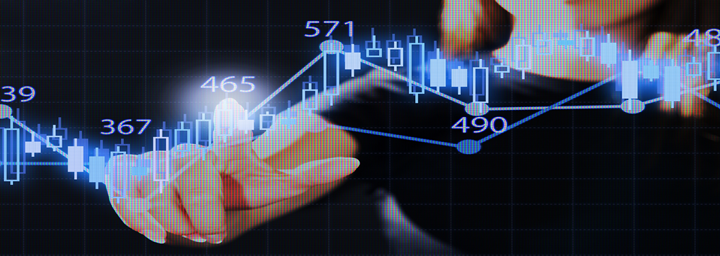The Russian invasion of Ukraine is already dealing a blow to financial markets and the worldwide economy. Global supply chains and growth had been broadly recovering from the pandemic, but now all that’s in doubt, given the stricter sanctions and other punitive measures against Russia that are in the offing.
The war has introduced a lot of unknowns for global trade, financial markets, multinational corporations and national economies, including the U.S. economy.
This new war at the eastern edge of Europe cuts into food and energy supplies, which means higher prices, and generates risk, which is expensive.
The Russian invasion of Ukraine is likely to snarl global trade even further, while sending gas prices soaring and stock markets into correction territory, analysts say.
An invasion of Ukraine, which has been dubbed “the breadbasket of Europe” because it is a major producer of wheat, barley, corn and rye that is consumed largely by Europe, may upset supply chains even further.
This could also affect countries in the Middle East and Africa that also import Ukrainian wheat and corn. Ukraine is also China’s top supplier of corn.
However harsh the effects, the immediate impact will be nowhere near as devastating as the sudden economic shutdowns first caused by the coronavirus in 2020. Russia is a transcontinental behemoth with 146 million people and a huge nuclear arsenal, as well as a key supplier of the oil, gas and raw materials that keep the world’s factories running. But unlike China, which is a manufacturing powerhouse and intimately woven into intricate supply chains, Russia is a minor player in the global economy.
Reference:
https://www.nytimes.com/2022/02/21/business/economy/ukraine-russia-economy.html/
https://nypost.com/2022/02/24/global-trade-to-suffer-more-after-russia-invasion-of-ukraine/
The floating traffic jams off ports. The multiplying costs of moving freight. The resulting shortages of goods. All of this had seemed like an unpleasant memory confined to the COVID-19 pandemic. But no such luck!
An ocean container capacity crunch has hit global trade just as peak shipping season starts, with freight spot rates up some 30% over the past few weeks and heading higher.
The first joint Europe-wide assessment of the drivers and impact of chemical pollution by the European Environment Agency (EEA) and the European Chemicals Agency (ECHA) has concluded that, despite progress in some areas, “more work is still needed to reduce the impact of harmful substances on human health and the environment”. Key findings include:
The severe drought which has forced the Panama Canal, one of the world’s busiest trade passages, to limit daily crossings could impact global supply chains during a period of high demand.
In the early hours of March 26, the Singapore-flagged ship Dali, loaded with 5,000 containers, slammed into Baltimore’s Francis Scott Key Bridge, causing the 1.6-mile (2.5-kilometer) bridge to collapse in a matter of seconds. The Dali was departing for Colombo when the disaster struck. Initial fears were confirmed that half a dozen people lost their lives in the accident.
The pharmaceutical and biotechnology industries constantly seek innovative methods to enhance product stability, solubility, bioavailability and ease of use. Within this realm, CDMOs [Contract Development & Manufacturing Organizations] serve as invaluable partners in the development and production of high-quality drug products.
Chinese New Year 2024 is upon us, disrupting logistics from Asia starting Feb 10th. This event is expected to impact global shipping until Feb 21. Freight rates from Asia has skyrocketed with rates to the US surging by 3.5X and Europe by 6X.
Amid ongoing Red Sea diversions by shipping giants like Maersk, CMA, logistics managers are globally confronting a dual challenge of escalating ocean and air freight prices alongside cargo disruptions due to
Why will CM be the next generation on quality?
